I Laughed Way Too Hard At This

I laughed way too hard at this
More Posts from Lauremaster and Others
Original Animatic | CHURCH
I came up with the characters and story solely for this project; they are not “from” anything, just this! The nun’s name is Sanga, the demon’s name is Ashivon, and you can find more of them here.
An animatic is, by its nature, a planning stage for animation. But since I wasn’t sure whether this one would ever end up being fully animated, I put extra care into it. So now it’s in that animatic/animation gray area. While making this video, I was torn between the thought “well this is some melodramatic middle-school bullshit” and “actually it’s pretty good”. In the end, I’d like to think it’s both things. :)
Song: Church by Fall Out Boy Program Used: Adobe Photoshop CS6 This took me eleven months to make!
“Don’t force yourself into sexual situation just to satisfy your partner” should never be a radical statement
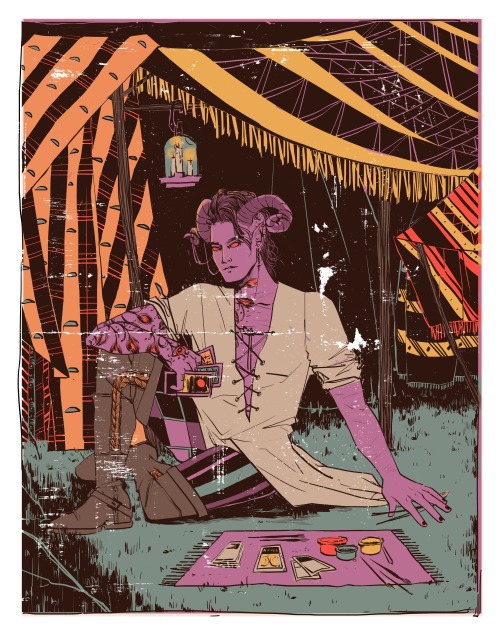
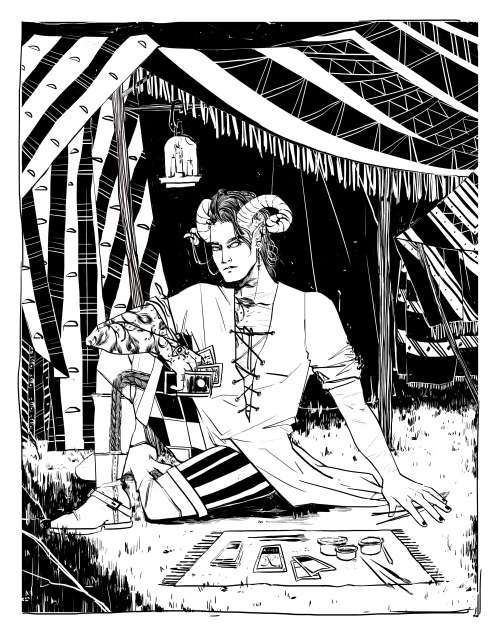
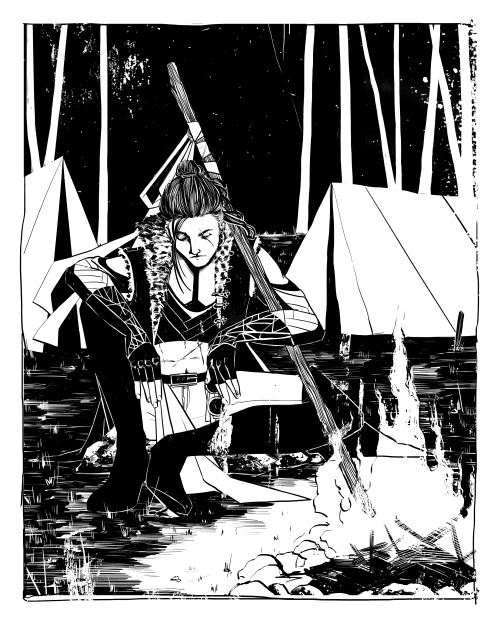
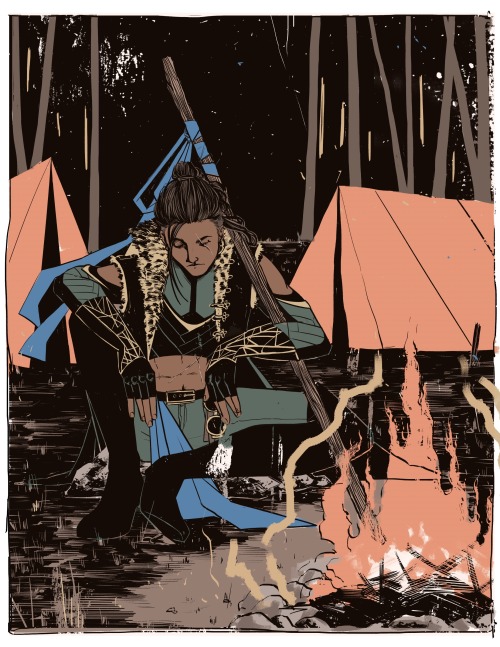
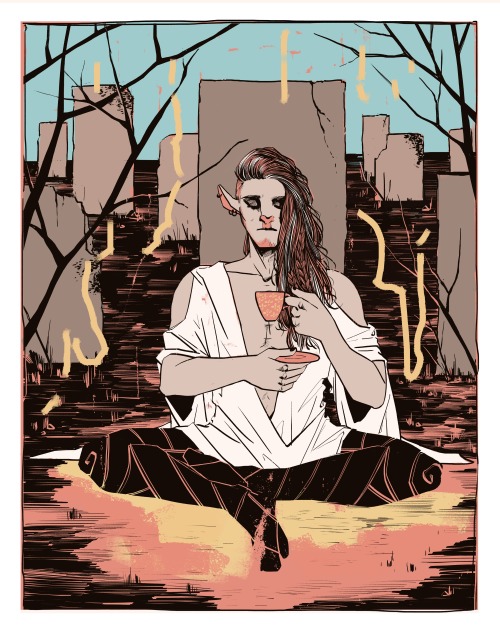
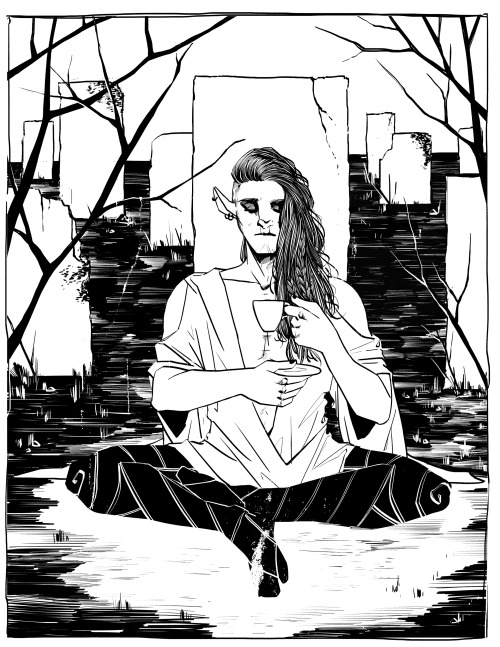

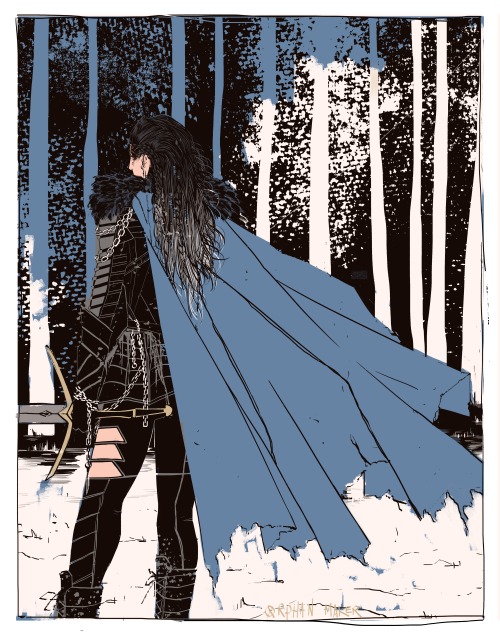
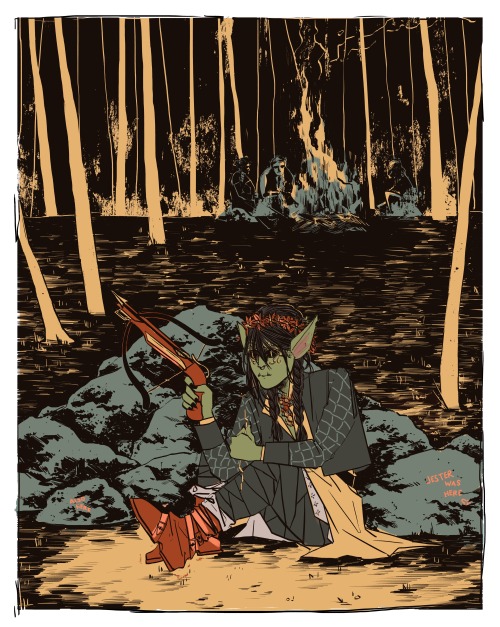
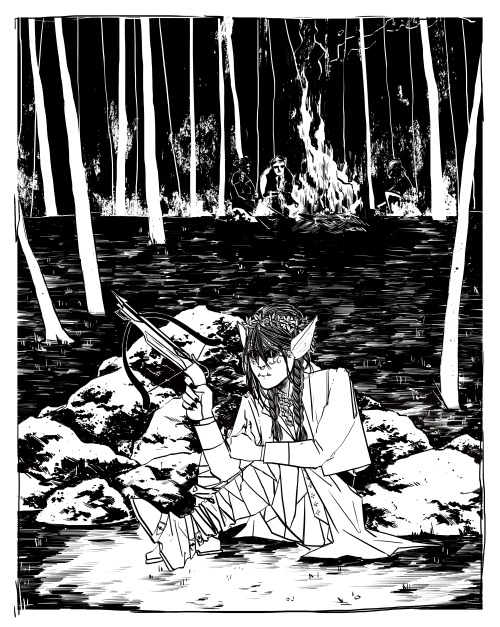






Altogether. Finished Main Set.

The extended Mighty Nein!!!💖💜💙💚💛
Whenever people see an intelligent animal with a witch, there is a common assumption that it is the witches familiar. And while true, many of them are simply magical animal helpers…
Others are actually young witch babies.
Since witches have no womb and are a byproduct of wild magic, whenever a witch wishes for a child they might one day find a young animal lingering around the house, much like receiving a familiar. An easy way to tell the difference between a youngling and a familiar, however, is that once bonded a familiar will soon begin speaking thereafter. Younglings will not develop speech until much later in their development.
The 2 year mark is when familiar and youngling dimorphism begins. While familiars will simply grow into an adult animal, younglings will enter into a “troll” stage, in which they will develop traits that separate them from ordinary creatures but do not yet resemble a human. It is towards the end of this stage that they will begin saying words, and simple sentences. Minor jinx magic is to be expected.

The “troll” stage will last for ~5 years, and the next stage can happen anytime within the next 3-6 following years. They will encounter a sudden “growth spurt,” where they will suddenly come into distinctly human shapes, while still retaining vestigial traits from their troll years. This transformation can happen overnight, or take over a year to complete. They can begin practicing simple spell magic at this point.

Finally, usually around the 18 year mark, they will fully shed any last vestigial traits, and appear as any other mature witch.
in this house we believe:
this place is not a place of honor
no highly esteemed deed is commemorated here
nothing valued is here
what is here is dangerous and repulsive to us
the danger is in a particular location
the danger is still present in your time as it was in ours
again, there IS a problem of straight actors playing all the gay roles, but the answer isn’t as easy as “straight people shouldn’t play gay people” because a) it’s acting and there’s nothing intrinsically physical about gayness and b) it’s bad to insist that actors make their sexuality public information
What people think writing is like: careful planning and thought out plotlines
What writing is actually like: being possessed by an idea that you are constantly arguing with
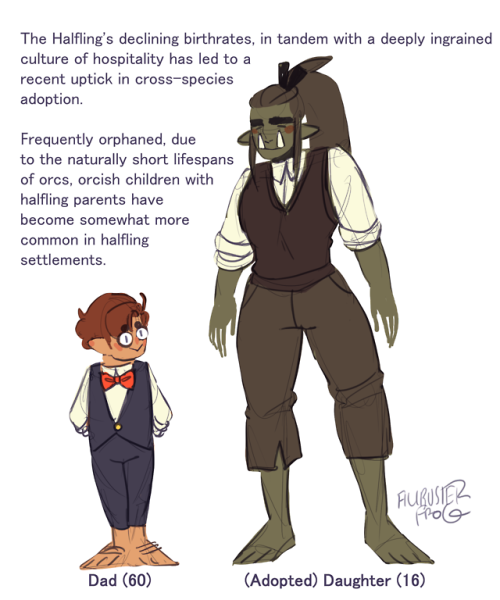
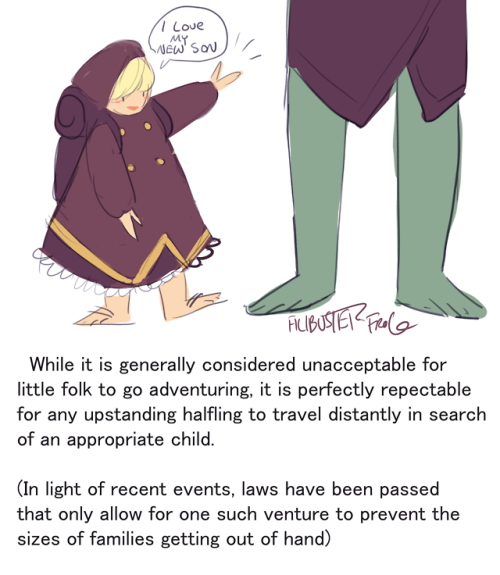
halflings love their new giant children
Concept: Star Trek style quasi-utopian deep space drama, except all of the ship’s non-human crew members are really obviously based on particular sci-fi horror tropes.
The chief physician is an amorphous mass of tentacles and teeth that’s infested the entire medical bay, transforming it into a quivering nightmare of meat and viscera. It speaks with a conspicuously posh accent; the human crew members affectionately call it “Doc”.
The head of security is a lurking, probably humanoid something-or-other that’s mostly imperceptible in the visual spectrum, save as a faintly shimmering distortion in the air. Her lack of visibility is treated as a running gag, with the most frequent bits involving a. other crew members not realising she’s in the room until she speaks up, and b. her making reference to various unlikely anatomic features which, of course, the audience cannot see.
The ship’s computer is a blatantly rampant AI that speaks in a chorus of voices. It tends to talk in cryptic, pseudo-religious metaphors which contrast to humorous effect with the mundanity of the topic at hand, and sometimes wanders off on rambling philosophical tangents that require whoever it’s speaking with to remind it to get to the point. You can tell when it’s paying attention to a particular part of the ship because the lighting turns blood red.
The lead science officer is just a huge fucking spider.
(The captain is an apparently ordinary – albeit extremely photogenic – human. We don’t find out what their real deal is until the season finale; what’s revealed firmly establishes them as the freakiest one of the lot!)
-
 sundowner-76 liked this · 2 weeks ago
sundowner-76 liked this · 2 weeks ago -
 ghouelle-writer reblogged this · 3 weeks ago
ghouelle-writer reblogged this · 3 weeks ago -
 fallenstarof96 reblogged this · 3 weeks ago
fallenstarof96 reblogged this · 3 weeks ago -
 brit-tato reblogged this · 1 month ago
brit-tato reblogged this · 1 month ago -
 cpcksrdmnfnmdftrnsprttn reblogged this · 1 month ago
cpcksrdmnfnmdftrnsprttn reblogged this · 1 month ago -
 cpcksrdmnfnmdftrnsprttn liked this · 1 month ago
cpcksrdmnfnmdftrnsprttn liked this · 1 month ago -
 queer-crusader reblogged this · 1 month ago
queer-crusader reblogged this · 1 month ago -
 gotsalots liked this · 1 month ago
gotsalots liked this · 1 month ago -
 jimjamsortimtams liked this · 1 month ago
jimjamsortimtams liked this · 1 month ago -
 ilikeseals liked this · 1 month ago
ilikeseals liked this · 1 month ago -
 delightful-potato liked this · 1 month ago
delightful-potato liked this · 1 month ago -
 aleatoriam reblogged this · 1 month ago
aleatoriam reblogged this · 1 month ago -
 hiding-in-my-blanket-fort reblogged this · 1 month ago
hiding-in-my-blanket-fort reblogged this · 1 month ago -
 pianoconspiracy liked this · 1 month ago
pianoconspiracy liked this · 1 month ago -
 sviatoslavrichtersplasticlobster reblogged this · 1 month ago
sviatoslavrichtersplasticlobster reblogged this · 1 month ago -
 rat-club liked this · 1 month ago
rat-club liked this · 1 month ago -
 gallery-of-bones reblogged this · 1 month ago
gallery-of-bones reblogged this · 1 month ago -
 vanillivilovesreus reblogged this · 1 month ago
vanillivilovesreus reblogged this · 1 month ago -
 suspiciouscanary liked this · 1 month ago
suspiciouscanary liked this · 1 month ago -
 winterandfruits liked this · 1 month ago
winterandfruits liked this · 1 month ago -
 theotherwillgrays0n reblogged this · 1 month ago
theotherwillgrays0n reblogged this · 1 month ago -
 cosmickitten15 liked this · 1 month ago
cosmickitten15 liked this · 1 month ago -
 could-you-plz-not reblogged this · 1 month ago
could-you-plz-not reblogged this · 1 month ago -
 could-you-plz-not liked this · 1 month ago
could-you-plz-not liked this · 1 month ago -
 myrattlingheart liked this · 1 month ago
myrattlingheart liked this · 1 month ago -
 barnellbohusks reblogged this · 1 month ago
barnellbohusks reblogged this · 1 month ago -
 timpon reblogged this · 1 month ago
timpon reblogged this · 1 month ago -
 theamazingpat reblogged this · 1 month ago
theamazingpat reblogged this · 1 month ago -
 theamazingpat liked this · 1 month ago
theamazingpat liked this · 1 month ago -
 lillyfox reblogged this · 1 month ago
lillyfox reblogged this · 1 month ago -
 lillyfox liked this · 1 month ago
lillyfox liked this · 1 month ago -
 nebulaquatic reblogged this · 1 month ago
nebulaquatic reblogged this · 1 month ago -
 wendibro-22 reblogged this · 1 month ago
wendibro-22 reblogged this · 1 month ago -
 snowgrave-glados liked this · 1 month ago
snowgrave-glados liked this · 1 month ago -
 kassiekole22 liked this · 1 month ago
kassiekole22 liked this · 1 month ago -
 sylvianamorel liked this · 1 month ago
sylvianamorel liked this · 1 month ago -
 thatdamnokie reblogged this · 1 month ago
thatdamnokie reblogged this · 1 month ago -
 bagheera66 liked this · 1 month ago
bagheera66 liked this · 1 month ago -
 rod-serlings-eyebrows liked this · 1 month ago
rod-serlings-eyebrows liked this · 1 month ago -
 one-without-fear reblogged this · 1 month ago
one-without-fear reblogged this · 1 month ago -
 one-without-fear liked this · 1 month ago
one-without-fear liked this · 1 month ago -
 trytobesweet reblogged this · 1 month ago
trytobesweet reblogged this · 1 month ago -
 trytobesweet liked this · 1 month ago
trytobesweet liked this · 1 month ago -
 gonardian reblogged this · 1 month ago
gonardian reblogged this · 1 month ago -
 gonardian liked this · 1 month ago
gonardian liked this · 1 month ago -
 rathevillain reblogged this · 1 month ago
rathevillain reblogged this · 1 month ago